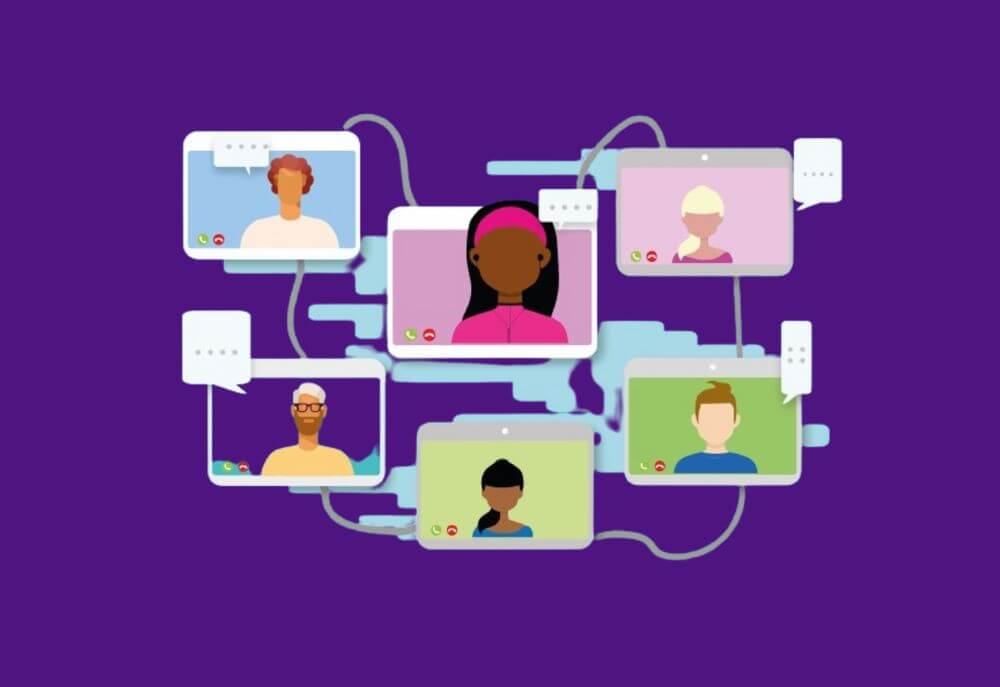In any organization, learning environment, or team setting, feedback plays a critical role in personal and professional development, enhancing productivity, and fostering a positive culture.
Let’s delve into the different types of feedback, their specific applications, and the nuances that make each type effective.
The Spectrum of Feedback
Feedback is not a one-size-fits-all tool; it varies widely in its application and effect. Here are the main types of feedback utilized in various settings:
- Positive Feedback: This involves affirming comments about past behavior, focusing on behaviors that were successful and should be continued.
It boosts morale and encourages good performance.
- Negative Feedback: Contrary to positive feedback, this addresses less successful behaviors, offering corrective comments about past actions that should not be repeated.
This form is crucial for personal growth and improvement but must be delivered carefully to avoid demoralization.
- Constructive Feedback: A balanced approach that involves specific, issue-focused comments based on observations.
It combines both positive and negative feedback but focuses on suggestions for improvement rather than criticism alone.
- Formative Feedback: Commonly used in educational settings, this type is provided during the learning process to help students identify their strengths and weaknesses, and target areas that need improvement before final evaluations.
- Summative Feedback: Typically offered at the end of a course or project, summative feedback evaluates a student’s or employee’s performance against a set of standards or objectives.
- Informal Feedback: This occurs spontaneously and is not scheduled. It can be given at any moment as it arises naturally from the situation.
- Formal Feedback: More structured than informal feedback, this type is planned and systematically integrated into the learning or work process, often documented and used as part of performance evaluations.
- Negative and Positive Feed-Forward: Feed-forward focuses on future behaviors rather than past ones.
Negative feed-forward advises against certain behaviors in the future, while positive feed-forward encourages actions that will likely improve performance.
Context and Impact of Feedback in the Workplace
In a workplace setting, the right feedback can transform performance and motivation levels. Managers and peers can offer feedback, but it must be tailored and timely.
Positive feedback from a leader can reinforce good practices and behaviors, enhancing employee engagement and productivity.
Meanwhile, when done respectfully and properly, constructive criticism can help employees overcome weaknesses and align their efforts with organizational goals.
Feedback in Learning Environments
In educational settings, feedback is pivotal in shaping the learning experience. It helps students understand their progress and outlines areas for improvement.
Summative feedback at the end of modules provides students with a detailed assessment of their learning, while formative feedback offers ongoing guidance to refine their skills and knowledge continuously.
Feedback Techniques and Best Practices
Effective feedback should be clear, specific, and focused on behavior rather than the person. It should provide actionable suggestions and be delivered in a supportive tone.
Techniques such as the “Feedback Sandwich” model, where critical feedback is nestled between two positive comments, can help soften the impact of negative feedback.
In conclusion, understanding and employing the correct type of feedback based on the situation can substantially improve individual and team performance.
Organizations and educational institutions can ensure continuous growth and development by fostering an environment where feedback is regularly exchanged and acted upon.



